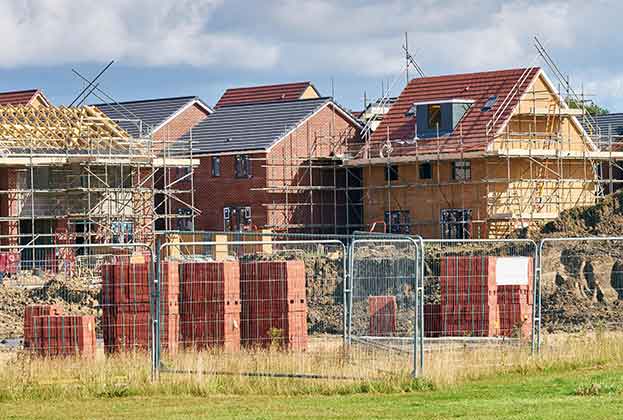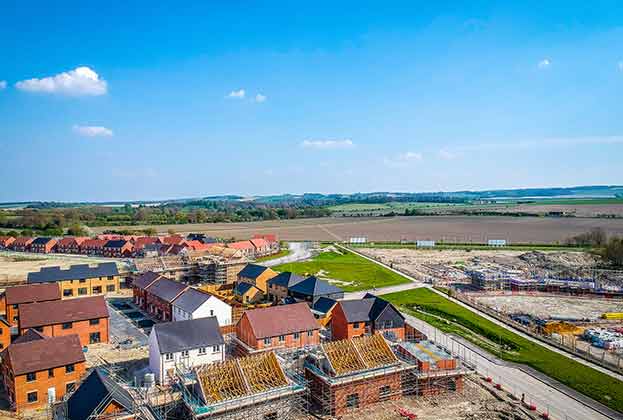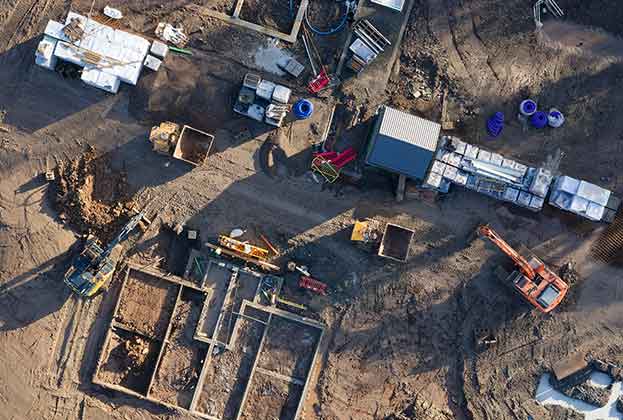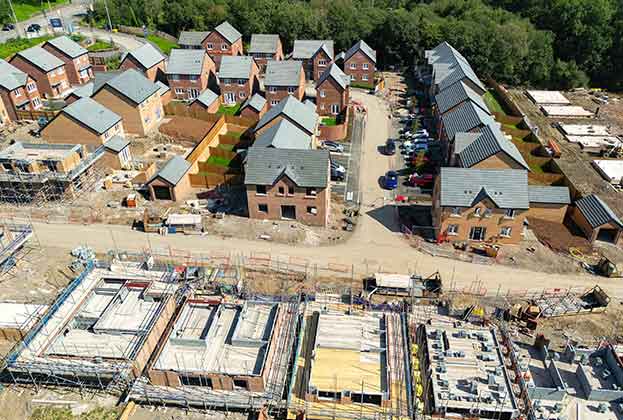We are living in increasingly unpredictable times. Economic, environmental and political volatility is making it progressively more challenging to anticipate how we will live and work in the future. Such forces are also creating global migration and urbanisation pressures, meaning the demands on our cities, and the scarcity of land within them, will continue to become more challenging.
All urban development projects require an element of crystal ball gazing – but predicting what the space created might look like, who might occupy it in the long term, and for what purpose, is becoming ever more difficult.
For both developers and policy makers, the only way to create sustainable places that are optimised for the currently unpredictable demands of future generations is therefore to design spaces which are as flexible as possible, and can adapt to reflect the world as it changes.
Development advisers need to consider the principles and potential benefits of flexibility throughout a project’s life span, including:
Masterplanning
Major urban developments take many years to design and deliver. Over this time, markets can shift, occupier demand profiles alter, and the economic, political and physical environmental context transform.
In order to maximise project viability and minimise risk, it is increasingly important for the use, timing and detailed design of plots to remain flexible for as long as possible. Principally realised through innovative planning strategy and progressive policy, alongside real-time market tracking, such flexibility ensures schemes are financially viable and truly optimally designed for the end-user.
Building design
Buildings should be capable of living many lives. Being able to retrofit a building to change its use or optimise its design often has considerable environmental and economic benefits. Many of our cities' most iconic buildings have changed use a number of times meaning they remain financially viable and relevant decades after they were built.
Consciously considering how a building may be adapted for different uses early in the design process is becoming of increasingly common mandate for built environment professionals. ‘Long life, loose fit’ has never been more relevant.
Building management
Flexibility can also be embedded within the long-term management of schemes and individual spaces within buildings. No single use class requires occupation of a building 24 hours a day, seven days a week, 365 days a year. This means there is scope for the design of chameleon-like multi-use spaces that flexibly evolve throughout the day, week or year. For example, the yoga studio that becomes a café, becomes a nursery, becomes a co-working space, becomes a bar.
The rise of serviced office providers and purpose-built private rented sector residential apartments are also demonstrating that occupiers are valuing flexibility more than ever, which is being capitalised upon by developers and landowners through innovative leasing strategies and new models of building management.
As the potential future use of the spaces within our cities becomes more divergent, pressure to ensure flexibility at all stages of a development project will increase. Ultimately, in the context of the current unpredictable climate, where the developer’s crystal ball is becoming ever more cloudy, embedding flexibility will be the only way urban development can be truly successful.
Further information
Contact Savills Commercial & Mixed Use Development
.jpg)



.jpg)


.jpg)

.jpg)
